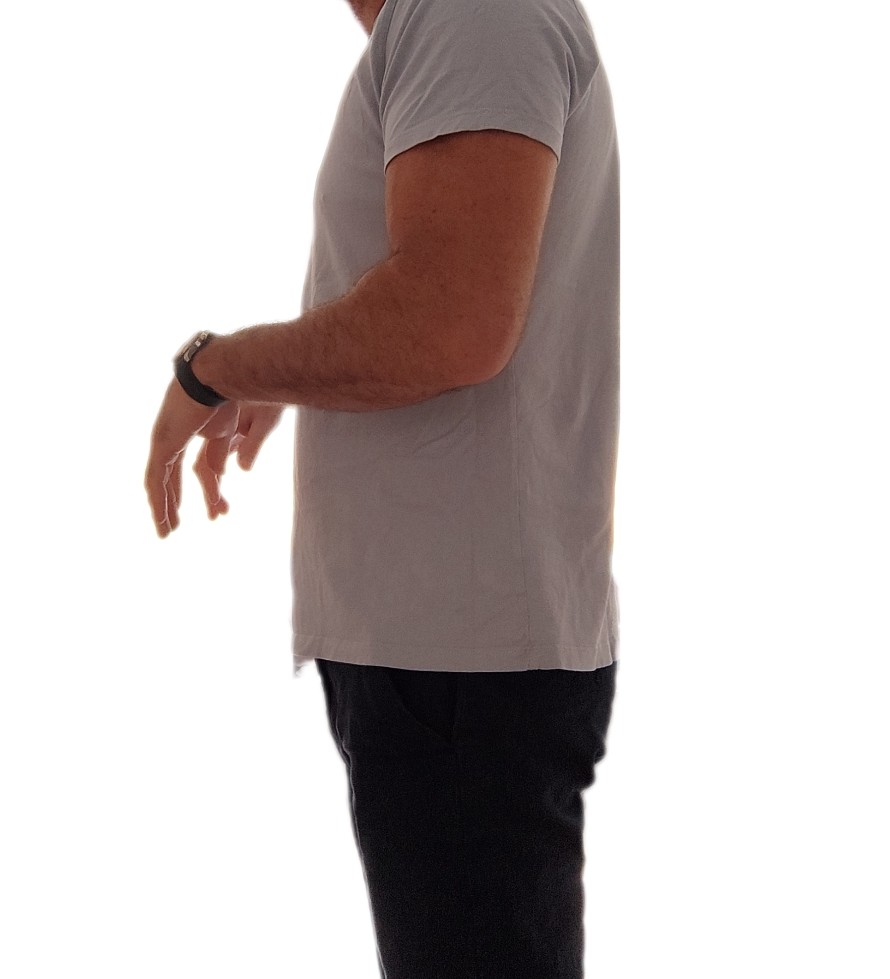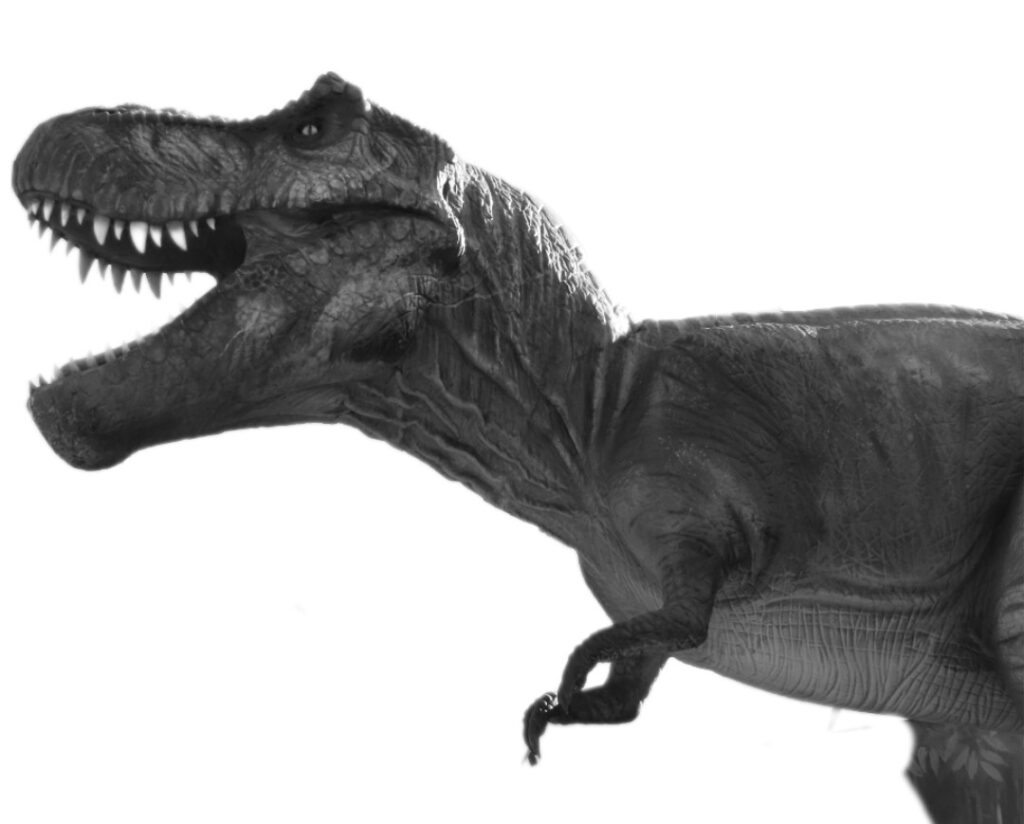The world of ASD can have a number of unique behaviours but what is the link between T-Rex arms and autism?
It is important early on in this article to cover the fact that some people may not like the term ‘t rex arms’.
While we acknowledge the language could be deemed as clumsy, it is quite a simple way of describing a body position.
Let’s dive into what we mean by T-Rex Arms and what it has to do with autism.
What are T-Rex Arms?
That’s an obvious question to start with.
As with so much to do with autism, those who engage in this form of posture will do so in their own way.
With that said however, the general concept is that it is standing with your arms out and your hands quite limp.
Some have also described this as ‘raptor arms’ but whichever, it links into how the dinosaurs stood.

If you now picture a t-rex, they stood in a quite distinct manner.

Now another important point to note is that any comparison with a dinosaur is not flattering.
We don’t think that anyone using the term is trying to be unkind. It is more of a way in which you can visualise the posture.
Why do some autistic people stand like this?
For a lot of parents of autistic children, this is the million dollar question. Whilst it will likely be different for each individual, here are some possibilities.
Self soothing
One possibility is that it is a way of self-soothing.
When all of us are feeling overwhelmed or anxious, we may subconsciously adopt certain postures or behaviours.
Those with autism are no different and standing in this way may that help them to feel more calm.
Reducing sensory input
Another possibility is that it is a way of reducing sensory input.
As we know, when some autistic kids are bombarded with too much sensory information, it can be overwhelming and uncomfortable.
Standing with T-rex arms can help to reduce the amount of sensory input that the child is receiving.
This is by limiting the amount of space that their arms take up and by protecting their hands and arms from being touched.
If you think about it, if the arms are tucked in, they are a lot less likely to dangle and brush objects.
The hands being held in a limp manner may just so to help with fatigue.
A habit
Finally, it is also possible that standing with T-rex arms is simply a habit that some autistic people develop.
We all develop habits, whether it is how we stand, talk or even chew.
Just like anyone else, autistic children can develop habits that they repeat without really being given thought.
Habits with autistic individuals however can be a little harder to break and become part of life.
Should we try to stop them?
Behaviours come and go with autistic children and we as parents are often wondering should we intervene.
Moms and Dad’s will have their own opinion but for us, a child maintaining t rex arms posture is quite harmless.
It isn’t a behaviour which is for example disruptive or limiting.
Not that this matters anyway but it’s not something which really turns heads either.
Ultimately if your child likes to hold their hands and arms like this it probably makes them feel comfortable.
The decision to intervene would be individual to everyone but if it helps your child feel calm and comfortable, there may be more worthwhile focuses of your time.
Is it the same as autism arms?
Autism arms is a term which also floats around the internet. Each person’s definition would vary but from our research they are one and the same.
Typing the word “autism arms” feels a little uncomfortable, like it’s a more mean and judgemental term.
Whether you are describing something as autism arms or t-rex arms, it’s really important to always consider the feelings of others.
Summary – T Rex Arms and Autism
In closing it is important to note that not all autistic people stand with T-rex arms.
In addition there is no single reason why some people do it.
The reasons may vary from person to person.
If you are concerned about your child’s or someone else’s use of T-rex arms, it is best to talk to a doctor or therapist.
They can help you to understand the individual reasons and develop strategies for managing it if you deem fit.


A lot of people just find this stance comfy. Doesn’t have to be anything to do with autism.
You completely missed a valid medical reason why we might have T rex arms – a minimum of 10% of Autistic people meet the criteria for Hypermobile Ehlers-Danlos Syndrome (hEDS) and probably an addition 50% meet the criteria for Hypermobility Spectrum Disorder (HSD). Both conditions mean that various of our joints are more likely to subluxate (partially dislocate) or fully dislocate, depending upon where our malformed collage affects us most. The weight of gravity pulling the weight of our arms down can mean that our shoulders are more likely to dislocate, so T rex arms could very well be an effort to keep our shoulder joints together. It’s important to know if your child or you have EDS or HSD, because there are several treatable medical conditions that are associated with them that can affect our apparent level of ability. I have several of them, and have been known to temporarily lose cognitive abilities such as access to speech when I’m fogged out from my Mast Cell Activation Disorder, besides the fact that if it continues to progress, I’ll have fewer and fewer foods that are safe for me to eat and I’ll experience Anaphylaxis more frequently, which could be fatal.
Thanks so much for your informative and helpful comment. We’re all about learning and education here so it’s most appreciated.